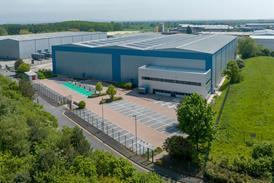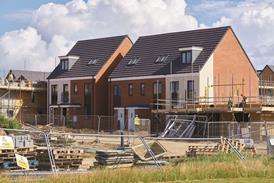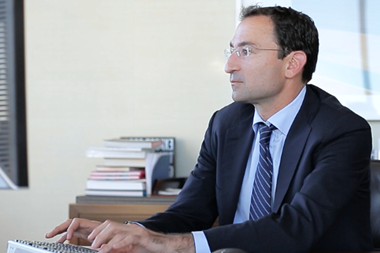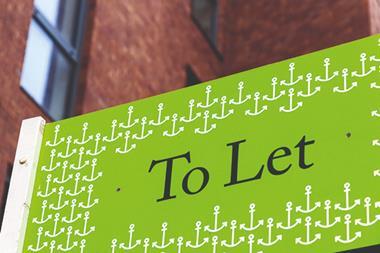James Saunders, chief executive officer of developer and asset manager Quintain is in the interview seat in PropCast this week, discussing the firm’s flagship Wembley Park development, the importance of branding in real estate, and why listed real estate firms can struggle to complete large redevelopment schemes on time.
LISTEN to this podcast via Apple, Amazon, Spotify or SoundCloud (and many other platforms) or just use the player below:
James Saunders had an unconventional route into real estate. After studying law and training to be a barrister, he moved into advertising, where he reached the level of brand director at The Coca-Cola Company. It was here that he first became involved with the Wembley area, as the Stadium and Arena were sponsored by the soft drink.
However, it was after a stint in the telecommunications industry that he was hired as Commercial Director for Quintain’s Wembley Park development in 2008 – leveraging his experience working with the Football Association, his legal training, and knowledge of real assets.
He offers an example of how these different skills have come in useful in the world of real estate: “We bought the stadium car parks and moved them in order to create development sites around Wembley. You do that by agreement, so a lot of law is important – but so is mediation, so is facilitation, and so is a shared vision.
“What the Wembley project needed was a clear brand vision, a clear partnership vision, and then we could get to work on the development side.”
And since Saunders joined, there has been a strategic pivot to make Quintain’s Wembley development and the BTR model the firm’s core focus.
“We doubled down on the Wembley site, paid down a significant amount of our debts, and we’d just taken our first steps into the build to rent market,” he explains. “That coincided with Lone Star, US private equity firm, taking the company private. And that’s led to another chapter, which has really been about Quintain as a private company, well capitalised by Lone Star, aggressively building with a 100% BTR focus in the residential elements.”
Now with over 5,000 homes, shops, restaurants, a theatre, a Boxpark, hotels and London Designer Outlet under Quintain’s belt at Wembley Park, James is leading a diverse team towards completion, with 3,500 homes to go. BTR ultimately needs to be operated at scale and at Quintain there are the right people, the right tech and together an incredible platform has been created in Quintain Living. “The model which we operate is unique, scalable and portable. People plus platform is critical to our value,” Saunders says.
He also argues that for large regeneration schemes such as Wembley Park, being a publicly listed company ultimately makes things more difficult.
“Over the lifetime of the project, it might take you 20 years, but you need some really big growth spurts in order to change the nature of the place,” he notes. “That can only be done with private capital and significant amounts of resources deployed rapidly. And that was not something that Quintain could have contemplated as public company.”
As it stands now, however, Quintain is much more than just Wembley. The firm has built more than 5,000 residential units, with consent for 3,500 more in two further districts.
“We’re not dependent on one single venue or one single asset. So we’ve got neighborhood retail as well. We’ve got independent restaurants. The vision has always been about true mixed use and diversification into different sectors.”
LISTEN to this podcast via Apple, Amazon, Spotify or SoundCloud (and many other platforms) or just use the player above.































No comments yet